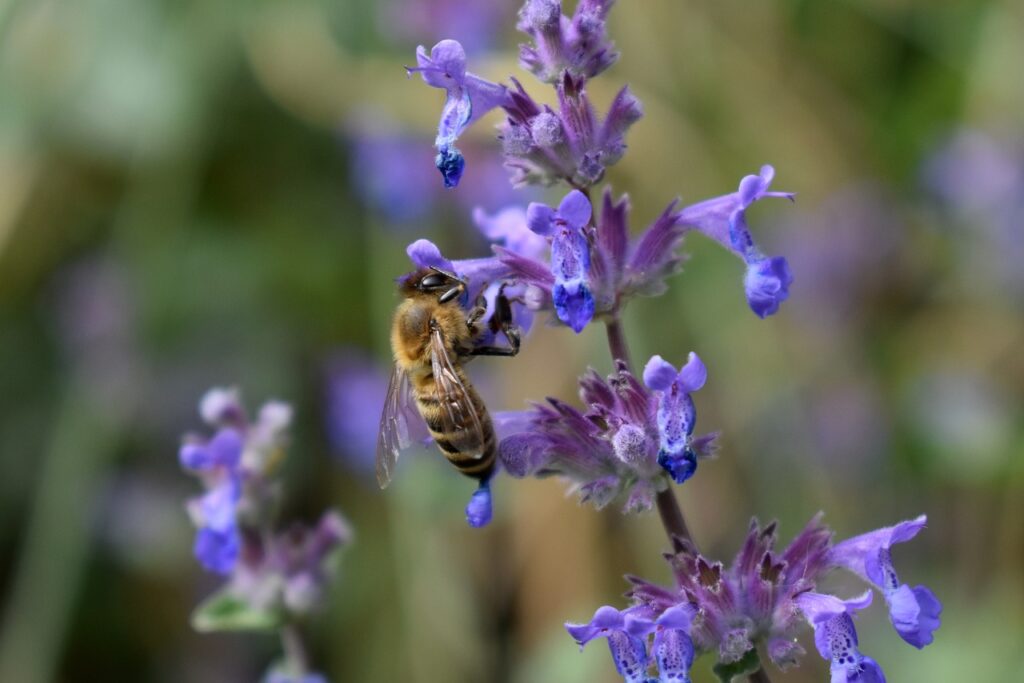
What is a root bound plant?
A root bound plant is a plant that has stunted growth. They can be hard to keep thriving if you do not know what is going on. A root bound plant is characterized by one of three ways.
- Stunted Growth: If you have been working hard to feed and water your plant and your plant is failing to thrive, this could be because your plant is root bound.
- Yellowing Leaves: Yellowing leaves can be for a number of different reasons, one of which is a root bound plant.
- Visible Roots: The roots will be visible through the bottom of your pot and will be feeding themselves through the holes at the bottom of your pot if they are able.
Effects On Your Plant
Root bound plants can be caused by a pot that is too small, not repotting a plant for a long time or from the natural growth habits of the plant needing to be repotted often.
The effects of these factors can stress the plant into a stunted growth and can have an overall effect on the plants health.
It can lead to nutrient deficiencies and water stress causing a lack of ability for the plant to thrive.
How to Fix a Root Bound Plant

This is what we will be working with…
This plant looked so sad. No matter how much water or love was put into it, this plant would not thrive.
The leaves are yellowing and falling off and would curl.
Here is what I did to fix it!
- Assess your plant
- Look your plant over for the signs of a root bound plant.
- Turn your plant over and assess the roots on the bottom


2. Take Your Plant Out of its Current Pot
You’re now going to need to turn your plant over and try to get the plant out of the pot. With plants that are really badly root bound like this one, it can be difficult to get the plant out of the pot.
It is very important to try not to rip the roots too much when taking the plant out of the pot of you may risk killing your plant from the stress.
Take your time to get the plant out of the pot and you’ll be fine.
3. Soak Your Plant
Next you’ll need to soak your plant. I typically soak the plant for a few hours and have had luck with that. You want to soak the plant enough to loosen the soil and roots and make it so the roots are mendable.
4. Uncoil The Roots
Once your roots are softened, it’s time to help the roots uncoil. I like to gently pull away some dirt from the root ball and loosen the roots enough so they can fall at the bottom instead of being stuck in their position.
I like to then soak the plant a little more to allow the roots to take whatever water they would like to before repotting. I usually get let the plant sit in the water for an hour or two.
5. Repot
Make sure that your new pot is bigger than the last. We just did all this work to get our plants back to thriving and we want to allow the roots to roam where they would like to.
After some time of allowing the plant to acclimate to its new environment, I then like to go in and cut off any plant material that is looking dead or sad. This will allow the plant to focus on new growth.
For this particular plant I cut down the long strands and cut off anything dead or ill looking. I then, put the strands that looked still good into the pot to allow for new growth and to help thicken the look of the plant.
Be sure to water the plant after repotting the plant so that it can get acclimated appropriately to its new home and help prevent any air pockets.

Here is out finished product! Its doing so much better in its new pot. I found a nice location in my house for this beautiful plant and I have been continuing to cut the long strands and repot them so that it can continue to thicken.
Conclusion
I have worked to save a lot of root bound plants and in my experience, if it is done correctly, you can save the plant and have a thriving beauty.
It is best to catch your root bound plants as soon as possible. Assessing your plants often is essential for their growth and well being.






